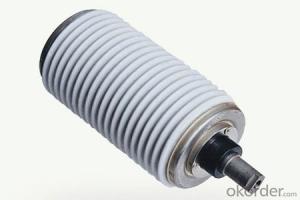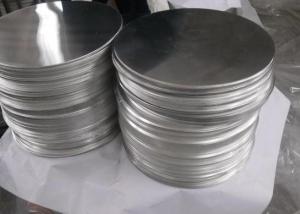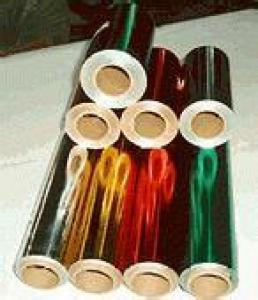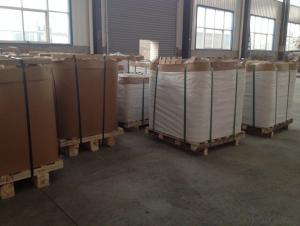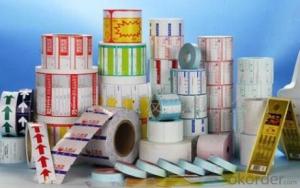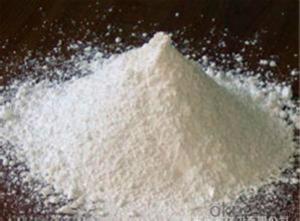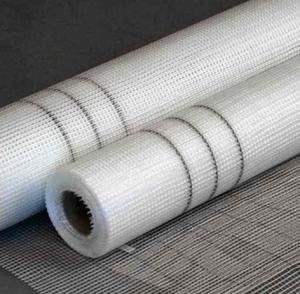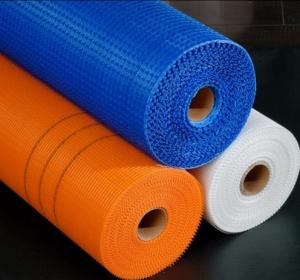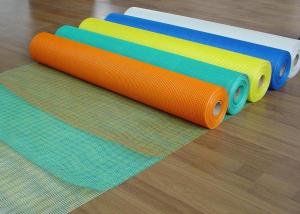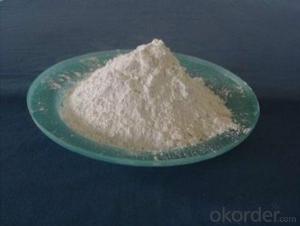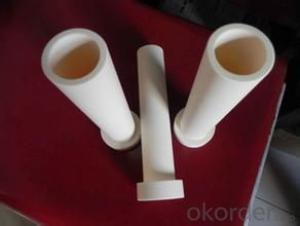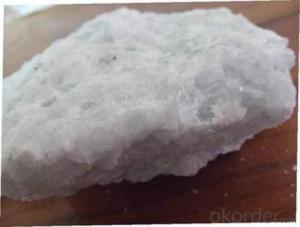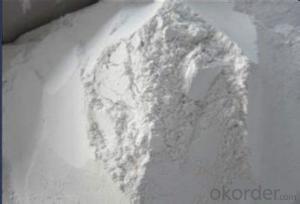Ceramic Vacuum Interrupter for Vacuum Arc-Extinguishing Chamber
- Loading Port:
- Guangzhou
- Payment Terms:
- TT OR LC
- Min Order Qty:
- 100 pc
- Supply Capability:
- 10000 pc/month
OKorder Service Pledge
OKorder Financial Service
You Might Also Like
Product Description
Material: Alumina Ceramic, Al2O3, Aluminium Oxide
Today about 80 percent of power network operators decide in favour of vacuum switching technology. The core component of this switching principle is the vacuum interrupter. Vacuum Interrupters are used for repetitive switching, motor in rush current interruption, fault protection, over current and short circuit protection. They can reliably switch high stress currents robustly without the need for unreliable cooling or ventilation systems.
Product Feture
Long Life & High Reliability
Fast Interrupting Speed
Rapid Dielectric Recovery
Applications
1. Circuit breakers
Vacuum interrupters are used in circuit breakers in the most demanding electrical circuit protection applications to minimize damage caused by electrical overloads or short circuits.
2. Load break switches
Vacuum interrupters are used in load break switches to connect and disconnect electrical load currents providing limited load switch capacity.
3. Reclosers
Vacuum interrupters are used in reclosers to automatically open and close distribution circuits in response to transient overload and fault conditions.
4. Contactors
Vacuum interrupters are used in contactors in demanding applications that require a high number of operations switching a power circuit in electric motors, lighting and heating devices, capacitor banks, and the like.
5. Tap changers
Vacuum interrupters are used in tap changers inside transformers to change the winding connections to deliver the required voltage.
6. Railway circuit breakers
Vacuum interrupters are installed in the circuit breakers on top of this special locomotive to supply electrical energy to railway locomotives' electric drive motors.
Data Sheet
Characteristics | Unit | 95 Al2O3 | 99 Al2O3 | ZrO2 | GPSi3N4 | BN | Glass Ceramic |
Crystal Structure | - | hexagonal | hexagonal | tetragonal | hexagonal | hexagonal | - |
Color | - | white | ivory | white | gray | white | white |
Density | g/cm³ | 3.65 | 3.88 | 5.95 | 3.22 | 2.26 | 2.55 |
Water Absorption | % | 0 | 0 | 0 | 0 | 0.0-1.0 | 0 |
Young's Modulus | Gpa | 280 | 350 | 205 | 295 | 670 | 65 |
Vickers Hardness | Gpa | 14 | 20 | 12 | 18-20 | - | - |
Flexural Strength | Mpa | 280 | 300 | 900 | 650 | 51 | 100 |
Compressive Strength | Mpa | 2000 | 2500 | 2200 | 2200 | 230 | 500 |
Thermal Conductivity | W/(m•K) | 18-25 | 30 | 2.2 | 25 | 20 | 1.70 |
Thermal shock resistance | ΔT(C°) | 220 | 180-200 | 280-350 | 450-650 | >1500 | 25-100 |
Max. Working Temperature | C° | 1500 | 1700 | 850 | 1200 | 960 | 800 |
Volume Resistivity | Ω . cm | >10^15 | >10^14 | >10^12 | >10^14 | 10^13 | 10^16 |
Dielectric Constant | - | 9.50 | 9.80 | 26 | 8.20 | 4.08 | 6.02 |
Dielectric Strength | kV/mm | 16 | 22 | - | 16 | 375 | 40 |
FAQ
We have organized several common questions for our clients, may help you sincerely:
--------What is the application of Ceramic Vacuum Interrupter?
1. Circuit breakers
2. Load break switches
3. Reclosers
4. Contactors
5. Tap changers
6. Railway circuit breakers
---------What advantages of Ceramic Vacuum Interrupter?
Long Life & High Reliability
Fast Interrupting Speed
Rapid Dielectric Recovery
- Q:What is the ceramic material?
- Ceramic pottery and porcelain of the term. Chinese early in 8000 BC - 2000 (New Stone Age) invented pottery. The main component of the ceramic material is silicon oxide, aluminum oxide, potassium oxide, sodium oxide, calcium oxide, ferric oxide, titanium oxide, Magnesium Oxide and so on. The common ceramic raw materials with clay, quartz, potassium sodium feldspar.
- Q:I got ceramic in my schedule and i was wondering what do you do there? and is it fun?
- Well, I didn't take ceramics until junior college, but--yes--it can be fun. Every high school does things differently, so I can't tell you for sure exactly what your class will be like. You will probably do both hand building and work on the potters' wheel. Maybe you will mix your own glazes from chemicals, but you will probably use pre-mixed glazes from jars. Probably the teacher, or the teacher's aide, will do the actual firing (in the kiln--a really hot oven that goes over 2000 degrees F) for you, but in some classes they teach students how to load and run the kilns. In order to have the most fun with the class, do the regular assignments, but also think ahead about what kinds of things that you'd like to make, and then ask the teacher to give you pointers on how to make whatever it is that you have in mind.
- Q:what makes a ceramic straightener better? also, what does a steam striaghtener and a tourmaline striaghtener do?
- Ceramics spreads the heat more evenly over the blades and is smoother so your hair is straightened evenly and smoothly, without it catching. A regular straightener is just made out of metal which could have hot patches and cool patches on it so won't straighten your hair as well. Tourmaline is just another type of ceramic but I can never tell the difference. A steam straightener is rubbish - never holds. Don't bother with a steam one.
- Q:Can you give me info on how they are made,or what you use to decorate them . pretty much any info would be GREAT. Thanks
- Fuel, Air and something to burn. (And a fourth thing for some people is an Arsonist's Mind)
- Q:I have a small bathroom and I am so sick of the white ceramic tile
- Yes,You can lay peel and stick tiles on a ceramic floors
- Q:It is in this phrase: Since the Victorian period where policemen had a simple stick made of wood till the ceramic telescope, the baton lost its place. It is for a translation - thanks.
- Yes this can be done just be sure and diable the pump
- Q:I bought some ceramic cups myself. I wonder if I can do the heat transfer
- No, ordinary ceramics are OK. Glaze on the surface
- Q:I recently purchased a used ceramic top stove without a manual. Basically, how do you use it? I mean, what are the things you should not do (turn it on without a pot on top?) Can you use any kind of pan? Thanks!
- Most manufacturers will have the owner's manual available for download from their web site. You can use almost any pan on there except something that has rough spots on the bottom. Just run your hand around the bottom; needs to be totally smooth. Don't put anything ceramic like corning ware or glass on them to use as a pan. And any pan you use needs to be totally flat on the bottom. Easiest ways to clean them is wipe up spills when they happen but do wait until the top cools down or you end up with a really smeary mess. For daily cleaning, I use either clean, hot, soapy dishwater and a microfiber cloth. For a quick touch up if I don't have water in the sink, I use a 50/50 mix of windex and rubbing alcohol and a microfiber cloth. Between the rubbing alcohol and the microfiber cloth you don't get streaks unless it's really dirty or your cloth is greasy. For more serious cleaning, get a can of Barkeeper's Friend and a sponge with a nylon scrub pad that's safe for non-stick cookware. That way it won't scratch. Dampen the area on the stove, sprinkle, smear the cleanser around with a damp sponge and walk away for about 10-15 minutes. Then come back and give it a scrub and wipe up the residue with your damp microfiber cloth. It takes a bit of getting used to, cooking with a ceramic top stove. They do take a bit longer to heat up and get going but after they do you can turn the heat down quite a bit and it will keep cooking. I do everything from daily cooking to canning to making large batches of spaghetti sauce, chicken stock and soups. I liked my old one so much, I got another. The first one lasted about 12 years and made a LOT of meals, cooked a lot of big family dinners and made many a pot of soup or red sauce. I cooked nearly every day, we seldom eat out and I dabble in catering on the side so my stove gets used really hard.
- Q:What material does the ceramic brake pad make of?
- Ceramic brake pads are a kind of brake pads, not made of ceramics. In fact, the main components of ceramic brake pads are mineral fiber, aramid fiber and ceramic fiber.The ceramic brake pads are lighter and more expensive, cleaner and quieter than other brake pads, and wear dual parts while providing superior braking performance.
- Q:what is sculptural ceramics?
- Actually, the type of clay differs. Grogged clay, with granuls, is the perfect choice for sculpture ceramics. Granuls in this clay make models harder and shatter resistant.
1. Manufacturer Overview |
|
|---|---|
| Location | |
| Year Established | |
| Annual Output Value | |
| Main Markets | |
| Company Certifications | |
2. Manufacturer Certificates |
|
|---|---|
| a) Certification Name | |
| Range | |
| Reference | |
| Validity Period | |
3. Manufacturer Capability |
|
|---|---|
| a)Trade Capacity | |
| Nearest Port | |
| Export Percentage | |
| No.of Employees in Trade Department | |
| Language Spoken: | |
| b)Factory Information | |
| Factory Size: | |
| No. of Production Lines | |
| Contract Manufacturing | |
| Product Price Range | |
Send your message to us
Ceramic Vacuum Interrupter for Vacuum Arc-Extinguishing Chamber
- Loading Port:
- Guangzhou
- Payment Terms:
- TT OR LC
- Min Order Qty:
- 100 pc
- Supply Capability:
- 10000 pc/month
OKorder Service Pledge
OKorder Financial Service
Similar products
New products
Hot products
Related keywords

